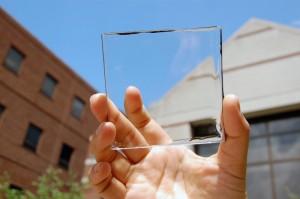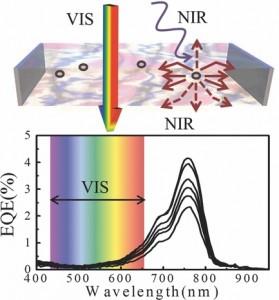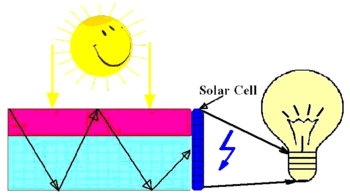Created fully transparent solar panels

Researchers at Michigan State University were able to produce a transparent material that converts sunlight into electricity. Compared with the previous conditionally transparent materials, this one really looks like glass. In the future, it can be put in place of glass in the window of a dwelling house and receive additional free energy, or turned into a smartphone / tablet screen so that it can be recharged by itself.
Of course, the solar panel to generate electricity must capture the photons that will generate energy. So, it can not be completely transparent. Therefore, previous versions of such materials were translucent . What's the catch?

')
The new material uses the " solar concentrator " technology. Organic salts contained in it absorb invisible (ultraviolet and infrared) radiation. Once inside the panel, all radiation enters the infrared range. This radiation, reflected from the planes of the panel from the inside, penetrates to its edges. There he is met by narrow strips of ordinary photovoltaic panels, which absorb light, releasing energy.

While the efficiency of energy collection from test panels is 1%. Scientists believe that this figure can be increased to 5%. The maximum efficiency for opaque solar concentrators is 7%. Of course, this is very small compared to modern solar panels, in which the efficiency of serial samples reaches 25% , and in the laboratories it reaches 50%. But transparent energy converters can be installed in the house instead of ordinary glass. If you imagine a whole skyscraper in which the entire surface processes energy, the resulting number will already be impressive enough.
Source: https://habr.com/ru/post/366515/
All Articles